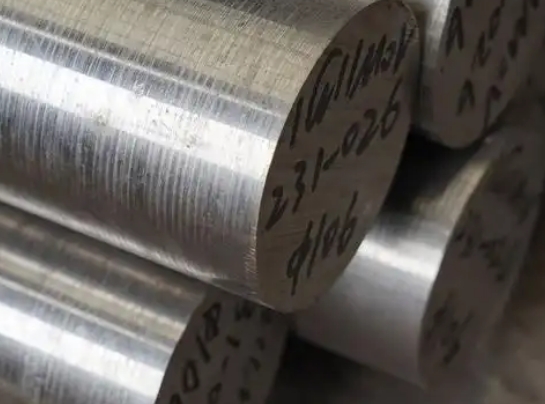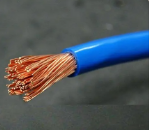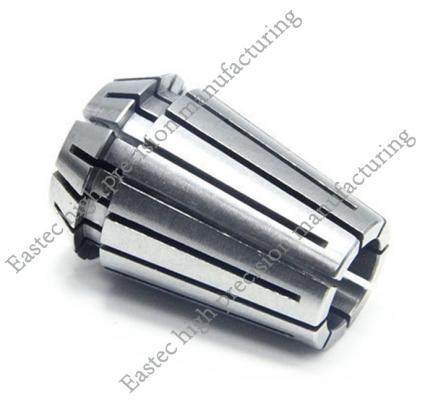
Cold heading steel wire rod is the raw material used for manufacturing fasteners such as bolts and rivets. The cold heading process involves one or multiple impact loadings, which enhance the tensile strength of the workpiece through cold working hardening and improve the material's performance. Therefore, cold heading steel is required to have excellent cold upsetting properties.
To address this issue, this article conducts a quality analysis of the product to identify the main causes of cold heading cracking, with the aim of improving product performance.
Macroscopic Samples
The quality issues observed in nuts produced from ML08AL cold heading wire rods are represented by typical cracking samples, as shown in Figures 1 and 2.
Analyzing the conventional process of screw manufacturing, the main causes of cracking can be attributed to four factors: surface cracks in the raw wire, chemical composition, inclusions, and microstructure.
First, surface cracks in the raw wire are a significant factor leading to cold heading cracking. During the cold heading process, surface cracks expand as the material deforms, ultimately causing the workpiece to crack. Therefore, it is essential to strictly control the surface quality of the raw wire during production to avoid cracks.
Second, chemical composition has a significant impact on the performance of cold heading steel. Appropriate chemical composition can enhance the cold heading properties of the material and reduce the risk of cracking. For example, excessively high carbon content increases material brittleness, making it prone to cracking during cold heading, while appropriate amounts of silicon, manganese, and other elements can improve the material's strength and toughness, enhancing cold heading performance.
Third, inclusions are one of the common defects in cold heading steel. Inclusions disrupt the continuity of the material and become stress concentration points during cold heading, easily leading to cracking. Therefore, it is necessary to strictly control the content and distribution of inclusions during production to ensure material purity.
Finally, microstructure also significantly affects the performance of cold heading steel. The ideal microstructure should consist of uniform and fine ferrite, which provides good plasticity and toughness, making it suitable for cold heading. If the microstructure contains excessive pearlite or martensite, the material's brittleness increases, making it prone to cracking during cold heading.
To further analyze the causes of cold heading cracking, we conducted a metallographic analysis of ML08AL cold heading wire rods. The results showed that the microstructure at the cracking site exhibited obvious banded structures, which cause anisotropy during cold heading and increase the risk of cracking. Additionally, we found a significant number of non-metallic inclusions at the cracking site, which served as crack initiation points during cold heading.
Based on the above analysis, we propose the following improvement measures:
1. Optimize the production process of raw wire to strictly control surface quality and avoid cracks.
2. Adjust the chemical composition by appropriately reducing carbon content and increasing the content of silicon, manganese, and other elements to improve the material's cold heading performance.
3. Improve the smelting process to reduce the content of non-metallic inclusions and enhance material purity.
4. Optimize the heat treatment process to achieve a uniform and fine ferrite microstructure, improving the material's cold heading performance.
By implementing these improvement measures, we have successfully enhanced the quality of ML08AL cold heading wire rods and significantly reduced the incidence of cold heading cracking. Moving forward, we will continue to optimize the production process to further improve product performance and quality stability.
In conclusion, quality control of cold heading steel wire rods is a systematic project that requires attention to raw materials, chemical composition, inclusion control, and microstructure. Only by comprehensively managing each aspect can high-quality cold heading steel products be produced to meet the increasingly demanding market requirements.





 Customer service 1
Customer service 1  Customer service 2
Customer service 2